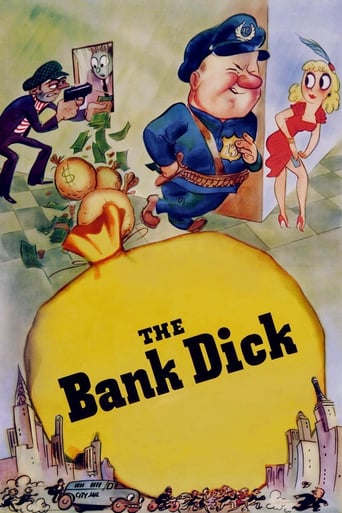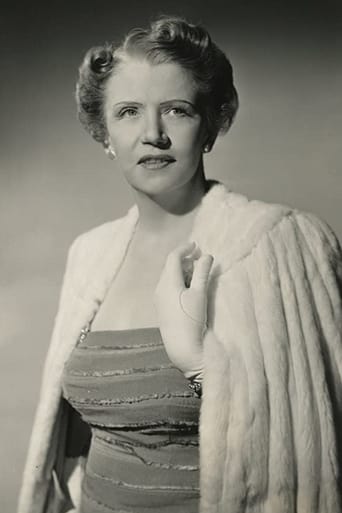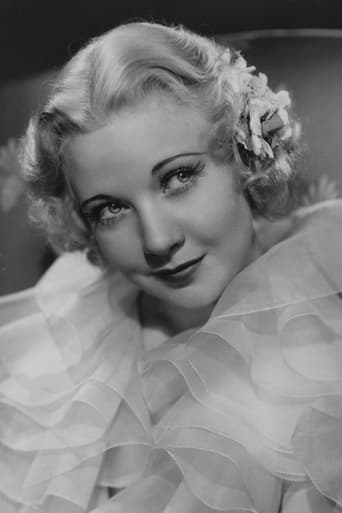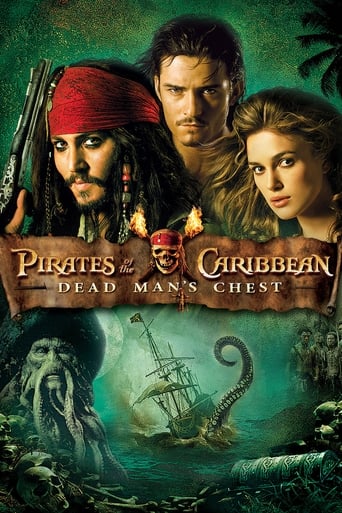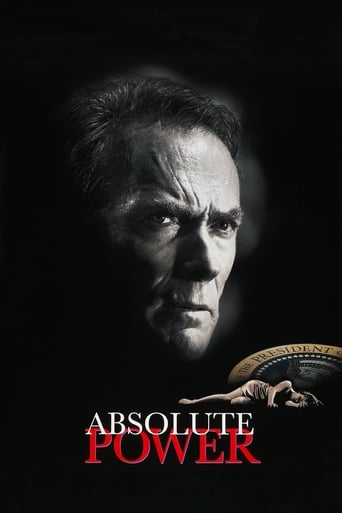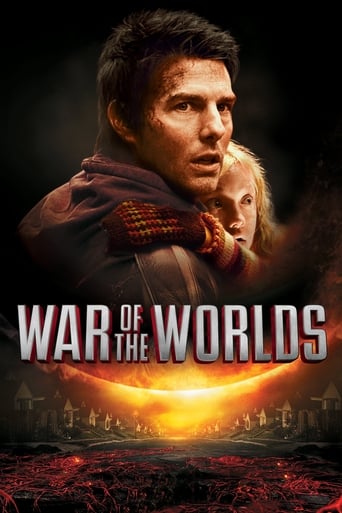The Bank Dick (1940)
Egbert Sousé becomes an unexpected hero when a bank robber falls over a bench he's occupying. Now considered brave, Egbert is given a job as a bank guard. Soon, he is approached by charlatan J. Frothingham Waterbury about buying shares in a mining company. Egbert persuades teller Og Oggilby to lend him bank money, to be returned when the scheme pays off. Unfortunately, bank inspector Snoopington then makes a surprise appearance.
Watch Trailer
Cast


Similar titles
Reviews
Touches You
Good movie but grossly overrated
The film creates a perfect balance between action and depth of basic needs, in the midst of an infertile atmosphere.
A great movie, one of the best of this year. There was a bit of confusion at one point in the plot, but nothing serious.
W.C. twice is unjustly credited with foiling a bank robber's getting away , and in recovering the money. In truth, his part was incidental to the capture. Yet, he is showered by praise, a substantial monetary reward, and offer of a menial job as bank 'dick'(guard). In fact, in the second incident, instead of thwarting the robber in his role as bank dick, the robber uses him as a shield, then as his wheelman in his getaway. It's only when the getaway car is cornered by two other cars, and the robber somehow is knocked unconscious, that W.C.is proclaimed a hero. This anomaly may be seen as a satire on the standard Hollywood hero, and on the sometimes subtle distinction between a true heroic act and one that is merely passive or accidental. W.C is also extremely lucky in that the 'penny' goldmine stock he talked his prospective son-in-law into embezzling $500. from the bank to buy, suddenly turned into a bonanza. Apparently, the combination of the reward money, plus the selling of this stock made his extended family rich enough to buy a mansion, with servants, as we see in the finale... Thus, of the Horatio Alger formula for success: luck and pluck, W.C. shows that, at least in the short run, pluck may not be necessary(which we all know). Familiar-looking Russell Hicks is playing an atypical role for him of the con man who tried to sell the 'penny' goldmine stock to W.C., and ended up selling it to his future son-in-law.Bespeckled Frank Pangborn played the bank auditor, whose inopportune arrival caused Og to faint several times, as he hadn't yet replaced the $500. he had 'borrowed' from the bank. His presence also induced W.C. to unleash several schemes to delay his auditing activity until Og had received his $500. bonus.... Una Merkel played W.C.'s marriage-crazed teen daughter. Just what she saw in Grady Sutton(Og) is beyond me. Clearly, they were awaiting better financial prospects before marrying....Evelyn Del Rio plays W.C.'s pugnacious young daughter.The climax of the film is represented by the Keystone Kops-like car chase near the end. An even more elaborate chase is seen in W.C.'s last film "Never Give a Sucker a Break". At one point, the getaway car drives over a trench being dug by about 10 men, their raised pick axes being lowered in a strike just before the car was about to hit each. Later, a motorcycle cop rides into the trench, knocking each, in succession, into the air. This offers an interesting bit of choreography. I'm sure I've seen this stunt before, but I don't know where.Best one-liner:W.C.: "Is that gun loaded?" Mother of 'cowboy': "No, but I think you are" Most astonishing put down: An African American is behind W.C., in a bank teller line. The teller motions for W.C. to get out of the way, so he can serve the African American first.
Although not as funny as the same team's "Give a Sucker an Even Break" (1941) – even though it re-uses some of the same gags including the much-reprinted car chase finale – there's still plenty of typical Fields' humor in this entry. True, the plot does take up some precious screen time that could have been better used for comedy and Franklin Pangborn's study of J. Pinkerton Snoopington seems to run forever (although it does conclude with a marvelous gag which almost – I stress almost – makes up for all the tedium and marking time that has gone before. The rest of the support players are first class – particularly Russell Hicks and Grady Sutton. And music director. Charles Previn has provided a first-class score. In all, a very entertaining 74 minutes!
This movie is just nuts from beginning to end: the bizarre situations and characters really do defy description: it must be seen to be believed. If it's 'about' anything, it's about a seemingly endless series of petty humiliations suffered by the pseudo-genteel king of pompous assery, our friend and alky Mr. Souse. The family is unbelievable, and the final chase scene is really scary: the driving stunts are genuinely dangerous; hair raising.I'm adding this review for a specific reason, though, and that's the insertion of the stereotyped African-American in the bank line. I think a few people missed the subversion of that scene. I saw it and couldn't believe it, and had to watch it again. Viewers fixate on the stereotypical 'Yassuh-Massuh' characterization of the character, and, I think, miss the real point: that among Souse's humiliations is being told to 'step aside' and wait for a Black customer at the bank! A Black customer who, while outrageously racially stereotyped, still proceeds to withdraw his money due to the bizarre hat of the White bank teller! This was 1940: GONE WITH THE WIND was made one year earlier, and the insertion of this scene, a buffoonish White Man being instructed to step aside for a Black Man, was a seriously radical gag. Seriously radical: like I said, I couldn't believe it. I can't help but wonder what a Black audience made of this scene at the time of release: my guess is delighted glee. The fact the Black Man is a degrading stereotype (which is how Blacks were portrayed in White movies at the time, always!) does not change in any way the true subversion of that one remarkable scene. It's not a Black Maid rolling her eyes at her Missus' frivolity or any such thing: the Black Man is a full-fledged bank customer, is given preferential treatment over a White Man, and the relative silliness of Fields' Mr. Souse does not matter one bit. For that one scene this a truly special little movie. It's also screamingly funny, with practically every line spoken a priceless quote, and every sight gag destined to remain in your mind forever. My un-PC, hysterical favorite? The 'mountain team' of the film-within-a- film's romantic couple, and Fields' dumbfounded, short-joke exclamation: "Is she standing in a hole?" So wrong. Wrong, wrong, wrong.
one of the most fascinating movies of W. C. Fields , it has rare gift to be more than a good comedy but an admirable work in which each detail impress and seems be perfect. it is not a surprise because W. C. Fields himself represents an entire universe. result - a fresh film, splendid for dialogs and gags, for the performance of Franklin Pangborn and for the flavor of fairy tale. a film who reminds basic values of society without be a moral lesson or only fun. part of long chain of films about the good American , it has the art to be a pure gem , using each nuance of script in wise manner. a movie from a lost period. so, a message. or only one of the greatest performances by W. C. Fields.

